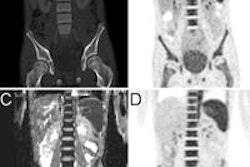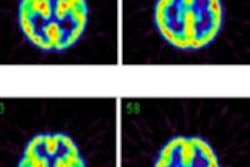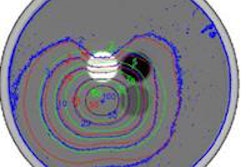Dear Molecular Imaging Insider:
This issue offers a new Dutch study in which researchers use a sentinel node procedure that helps women with epithelial ovarian cancer avoid radical surgery. The procedure identified sentinel nodes in all 21 patients and spared patients and healthcare staff of any excessive radiation, according to Dr. Marjolein Kleppe and colleagues from Maastricht University Medical Center.
While the results need additional validation, the findings are a very promising start for women with this disease. Get the details here.
Lung cancer researchers from Italy have found that FDG-PET/CT is "highly sensitive" in diagnosing indeterminate nodules, as well as nodules larger than 15 mm and solid nodules, but less effective with other smaller, subsolid nodules.
The findings come from patients who volunteered for the Continuous Observation of Smoking Subjects study, one of the largest research initiatives that evaluated the efficacy of low-dose CT screening on high-risk smokers.
Elsewhere, German researchers have found promising evidence that PET/MRI is equivalent to PET/CT for lesion detection in pediatric cancer patients, while at the same time delivers just one-quarter of the radiation dose. Separately, MRI provided substantial additional clinical information, especially in soft-tissue lesions that were deemed negative with PET.
At the recent annual meeting of the German Society for Pediatrics and Adolescent Medicine, the German Radiological Society addressed the issue of radiation and children. The group focused on low-radiation investigation methods, but the subject is becoming increasingly difficult to research, because the number of centers with a pediatric radiology section is dwindling. Read how the group plans to address the issue.
Also, details have emerged on a state-of-the-art 3D PET scanner that can accurately image cerebral oxygen metabolism, as long as appropriate scatter compensation is carried out. In new work, researchers have demonstrated precisely how this can be achieved.
Be sure to stay in touch with the Molecular Imaging Community in the coming weeks, as the annual meeting of the Radiological Society of North America approaches.




















